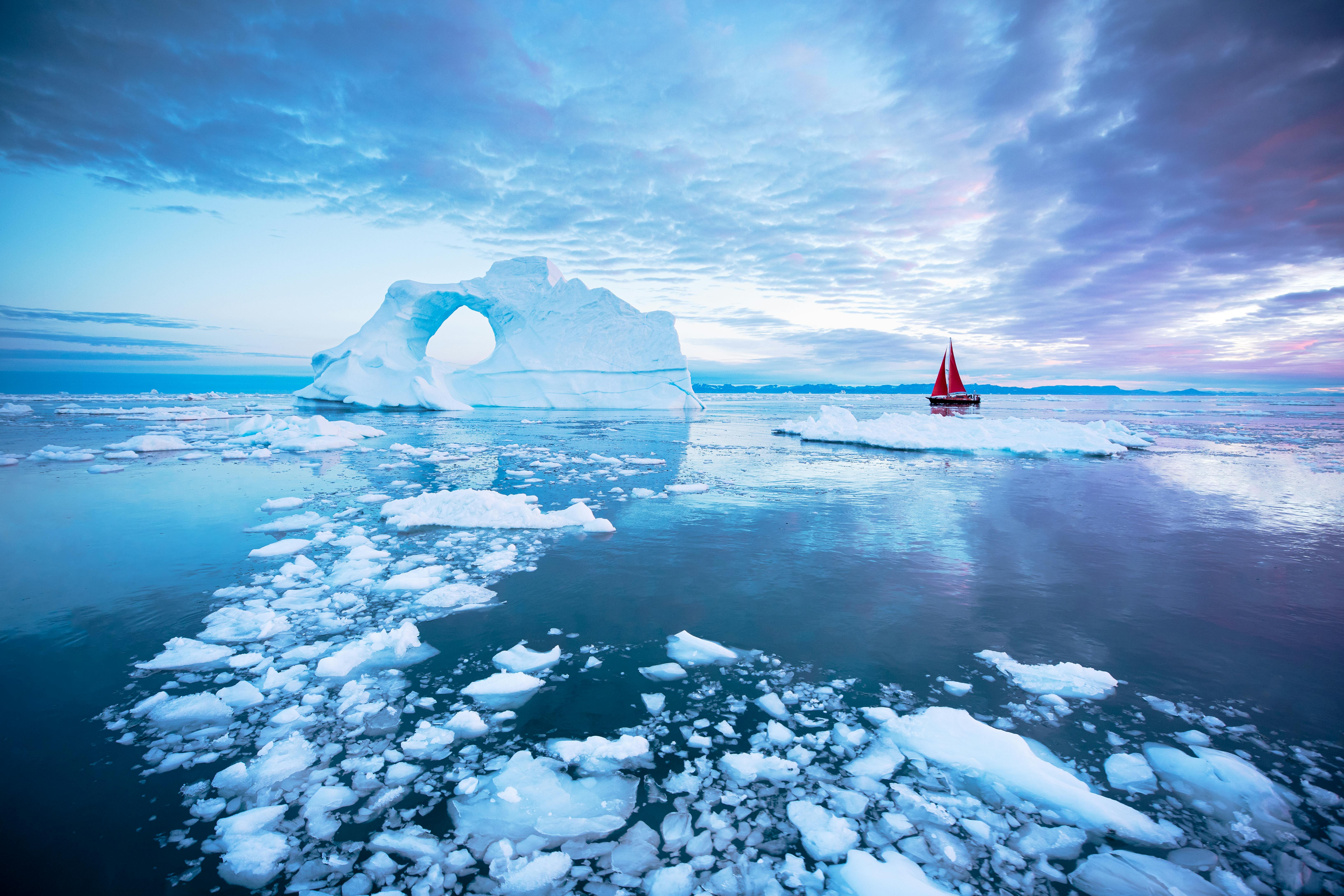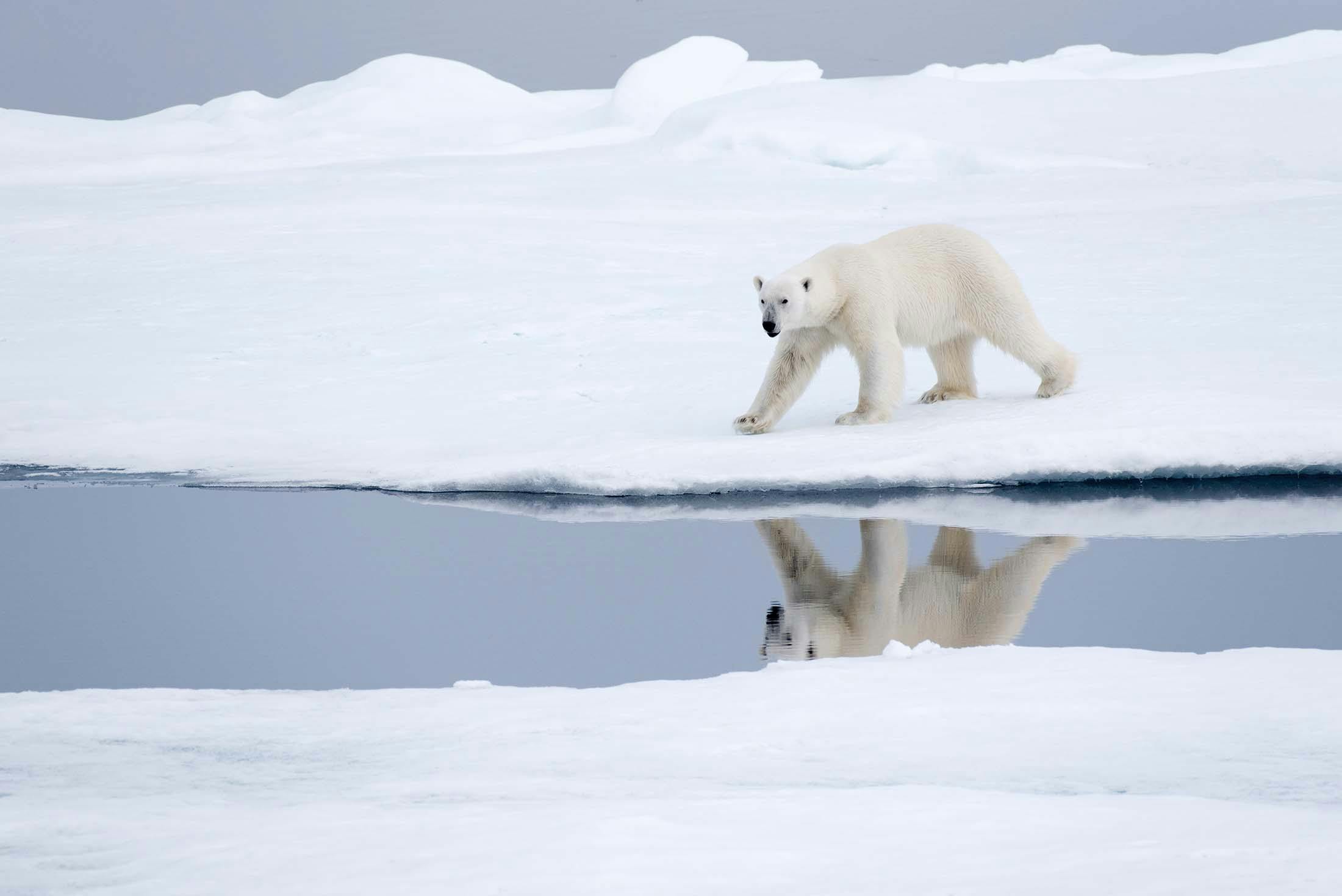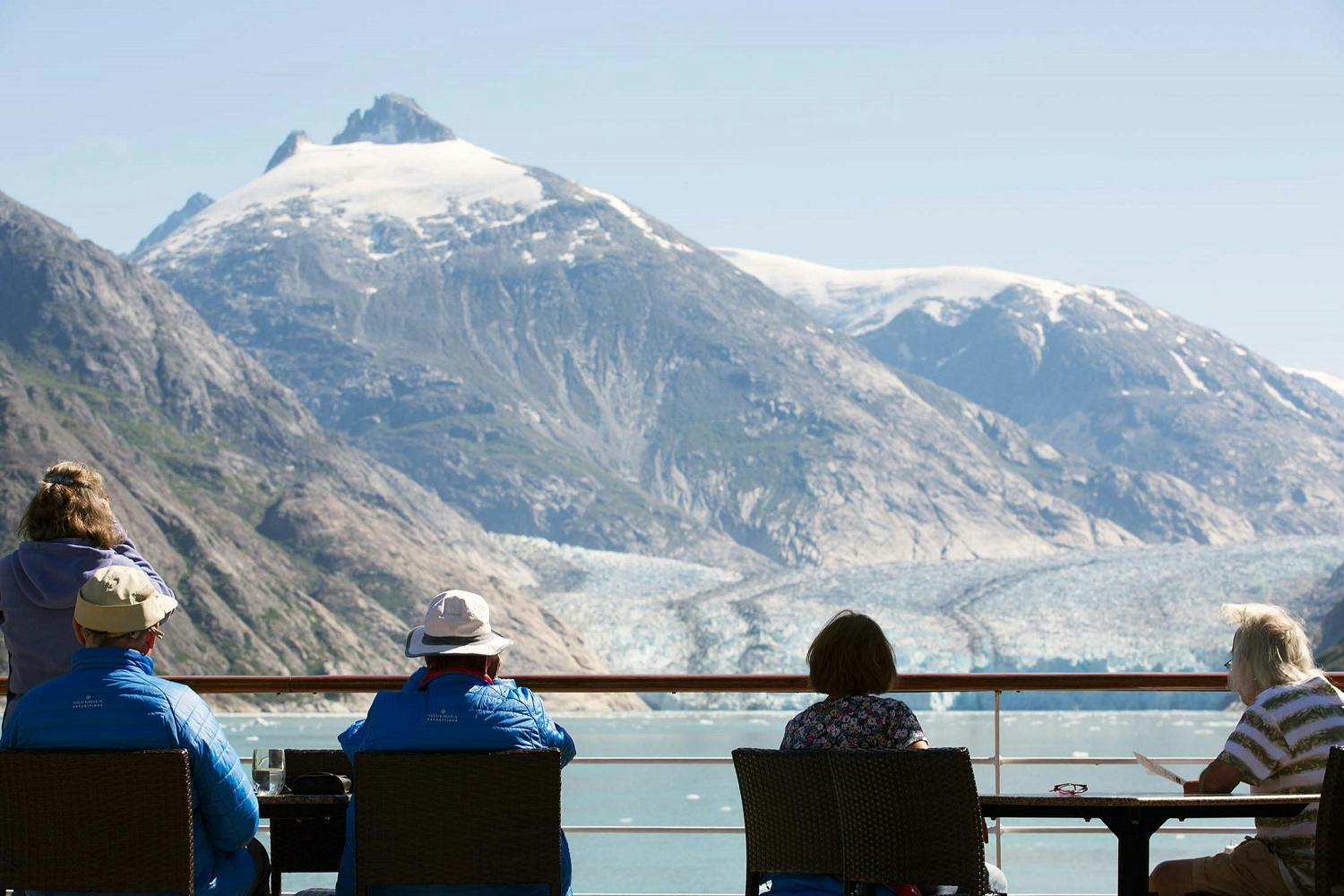Explorer’s Guide: We Take You to the Arctic
One of the most common questions we hear from intrepid expedition travelers considering an Arctic cruise is this one: What’s the difference between Antarctica and the Arctic? They both have glaciers and wildlife and ice and snow.
The two polar destinations definitely offer quite distinctive experiences. In the Arctic, you could spot polar bears, encounter millions of birds, and meet Inuit communities while cruising the great white north. In a series of three travel videos, Silversea’s senior expedition team addresses brings you behind the scenes on how they have developed Arctic itineraries, share its most underrated destinations, and explain how scientists play a pivotal role in carving out explorations in the north.
Here’s one big distinction between the two regions: Antarctica is a continent surrounded by ocean, which means cruises can only skirt its coastline, he explained. Whereas the Arctic is an ocean dotted by land masses. They are places of great contrast, says Conrad Combrink, Silversea’s Senior Vice President of Expeditions, Destination and Itinerary Management, during these webinars.
The combination of sea and land in the Arctic, he tells us, means Silversea’s expedition team can delve much deeper into this region, exposing travelers to a wider variety of landscapes, cultures, and fauna.
Timm Amm, Silversea director of Expedition Sales, adds that cruises to Antarctica are quite predictable in the wildlife spotting opportunities they present, whereas the Arctic is more mysterious. The latter destination offers a “safari” style experience where guests can frequently be surprised by the fauna which appears before them, Amm tells us. Antarctica has huge volumes of certain animals, such as the tens of thousands of King Penguins that live in a colony at Salisbury Plain in South Georgia. Whereas the Arctic has a far wider variety of fauna. Reindeer, walruses, arctic fox, narwhals, beluga whales, musk ox, and a phenomenal array of birds reside in the frozen north.
And of course, Arctic Canada is the world’s polar bear hotspot.
The polar bear symbolizes the Arctic more than any other animal. These gargantuan creatures can be up to 10 feet long and 1,800 pounds in weight. There are some 20,000 polar bears left on earth, with about 80 percent residing in Arctic Canada.
Despite their enormity, polar bears are very difficult to spot due their small numbers, the camouflaging effect of their translucent fur, and the fact they spend most of their lives in a solitary existence, roaming for food. But Combrink says that Silversea’s expedition staff excel at spotting these animals. How? They study polar bear behavior with a passion. The best chance of seeing polar bears, he shares, is while cruising the Canadian Arctic, especially at Baffin Island, Hudson Bay, and Hudson Strait.
A million birds and daunting caverns await in Svalbard, Iceland and Norway
Among the natural wonders revealed by cruises to Arctic Svalbard is the astonishing Gjesværstappan, says Simpson. This cluster of steep islands in Norway is cloaked by birds, including kittiwakes, cormorants, northern gannets, common guillemots and almost 1 million puffins. Silversea guests can admire these species from up close, sitting in a zodiac boat, perhaps alongside a scientist. Although sturdy and safe, those boats feel tiny as they cruise through the colossal sea cavern called the Pearly Gates, on Norway’s Bear Island.
Greenland and Canada fly under the Arctic radar
Although Antarctica is a huge continent, the area of it that Silversea cruises focus on is small compared to the expanses covered during its Arctic itineraries. The latter region includes many areas people may not immediately think of as being in the Arctic, Amm tells us in the video (above).
While Svalbard is a famed Arctic hotspot, Greenland and the Canadian Arctic are lesser known. Despite this lower profile, Amm describes the Canadian Arctic as the “highlight” of Silversea’s Arctic voyages. “It’s the wildest, remotest, most difficult to get to and least visited,” he says. “And from a wildlife and scenic perspective, it’s spectacular.”
Silversea scientists demystify the Arctic
Arctic environments are so raw and curious that they, at times, need to be unraveled by an expert to make sense to tourists. Which is why Silversea guests benefit so greatly from the insight of eminent scientists on board each Arctic cruise.
Historians tell the tales of these destinations, anthropologists detail their cultures, archaeologists explain their human footprint, and geologists decode their landscape, showing how it was formed over millennia. While cruising Prince Christian Sound, in southern Greenland, Silversea scientists explain its unique rock formations and the forces that created this otherworldly landscape, Combrink tells us during the webinars.
Exit the ship and enter communities, from Greenland to Alaska
Bob Simpson, Silversea Vice President of Expedition Product Development, discusses how, on Silversea’s Arctic ships, big fleets of zodiac boats get you into places with non-existing dockage. Zodiacs, small but strong inflatable vessels, zip across waters and through narrow passages, bringing Silversea guests to Greenlandic villages, sublime inlets or towering sea cliffs, which they can admire from up close, or at times wander on foot.
Many of these on-the-ground experiences cater to people of all physical capabilities. Beyond the sheer wonder and beauty of this remote region, Silversea guests deepen their experience by interacting with local communities, says Simpson. “Each one is uniquely different,” he says of the many Inuit villages included on Silversea’s Arctic schedule (watch to learn more).
Once impassable, now the Northwest Passage dazzles
In August, Silversea’s Arctic season pivots to the dramatic Northwest Passage. This mighty ocean channel, which stretches from the Bering Sea, north of Alaska, through Canada’s Arctic Archipelago, has sections that are lined with hulking icebergs up to 90m tall.
Silver Wind, between August and October, offers three cruises that cross the Northwest Passage.



















